|
With funding from the Colorado Department of Public Health and Environment (CDPHE), ARWC collaborated with Chaffee County and residents impacted by the Decker Fire - and subsequent flooding - to address issues most likely to negatively impact life, safety, property, recreation, and the delicate ecological systems of the Arkansas River watershed. Projects were designed to protect life and safety, provide education and reduce the potential for non-point source pollution that impacts water quality by improving post-fire areas to reduce sediment and contaminant delivery into the Arkansas River. Bar ditch improvement in Loggie Gulch ARWC increased the capacity of a stormwater drainage system bar ditch below the burn scar to accomodate heavier storm flows. The work allows the structure to hold more sediment and help prevent property damage below the structure.
We reinforced a stock pond full of water and sediment at risk of breaching, and re-contoured and reinforced an emergency spillway. We used log structures to protect the channel and encourage the water to spread out and deposit sediment in a field. ARWC worked in partnership with River Science, Canon City Water, and Colorado Springs Utilities to install two turbidity sensors between Canon City and Salida to allow the water providers enough time to react to precipitation and sediment runoff from post-fire areas that threaten drinking water supplies and infrastructure. We are thankful for the opportunity to partner with CDPHE and aid those who are affected by the Decker Fire. Although this funding provided some relief to address the most pressing issues that could impact life, property, recreation, and the environment, we know that it cannot solve all the existing problems. Therefore, we provided education and outreach as part of our activities to inform landowners, partners, recreators, and downstream users of the potential risks and threats due to post-fire flooding. We hope to encourage individuals to act independently to protect their properties and inspire other federal, state, and local partners to join us in the recovery and protection of our watershed. Our outreach included educating landowners about how to handle ash, debris removal, water rights, and educating the county on EWP procedures, identifying areas of concern.
0 Comments
ARWC is on the ground in the Spring Creek Fire burn area completing digital elevation mapping in partnership with River Science. This imaging will help ARWC choose and prioritize sites to implement post-fire recovery projects for the most positive impacts.
Also this summer, ARWC cleared out a pool at Sulphur Springs to create a sediment catchment basin which worked to successfully slow down and catch sediment during two flood surges on July 27 and August 3. We are developing new projects in Middle Creek, Indian Creek and Pass Creek. As the rainy season approaches, we want to remind area residents to begin preparing now for post-fire flooding in the Decker Fire burn area. Areas below the Decker Fire burn scar face risks to safety, homes, roads, trails, and water supplies from post-fire flash flooding. While projects are underway to assist landowners and others with recovery, there is significant work you can do now - before the rainy season is upon us.
Education and preparedness are the first line of defense. Hillsides stripped by the fire of trees and other vegetation are unable to absorb rainfall which creates what we call a “bulking factor”. The bulking factor takes into consideration increased runoff due to reduced vegetation and the collection of debris (burned trees, soils, etc.). The bulking factor in post-fire conditions results in dangerous flash flooding even in drainages or draws that have historically been dry. Burned and unstable soils break apart easily even with modest amounts of precipitation and burned trees and debris can be swept down during a flash flood and cause severe injuries and threats to life and property. Educating and preparing yourself will go a long way to creating a safe and secure environment on your property.
By taking a few basic but vital steps you can prepare yourself for potential post-fire flooding. We ask you all to be safe, be prepared, and be informed. For more information, links, resources, and contacts to help you prepare for post-fire flooding please visit the Chaffee Recovers website. REGISTER NOW FOR CHAFFEE COUNTY EMERGENCY ALERTS PURCHASE FLOOD INSURANCE REVIEW PREPAREDNESS & RECOVERY RESOURCES |
ARCHIVES
September 2023
CATEGORIES
All
|

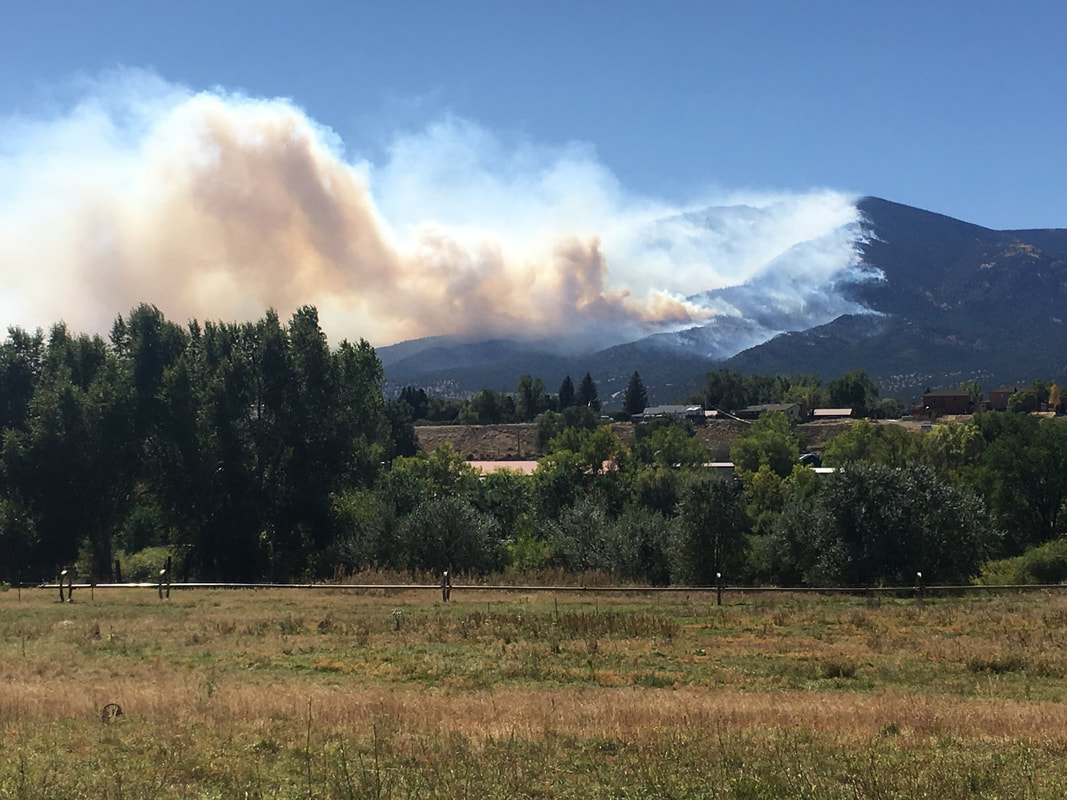
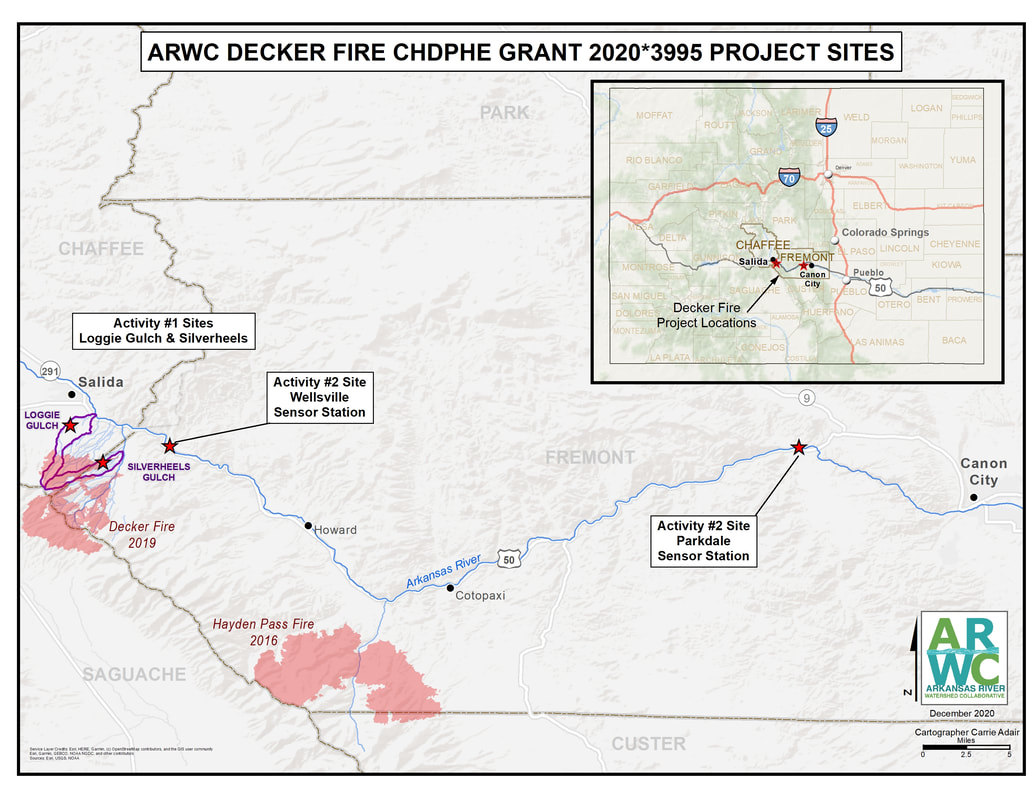
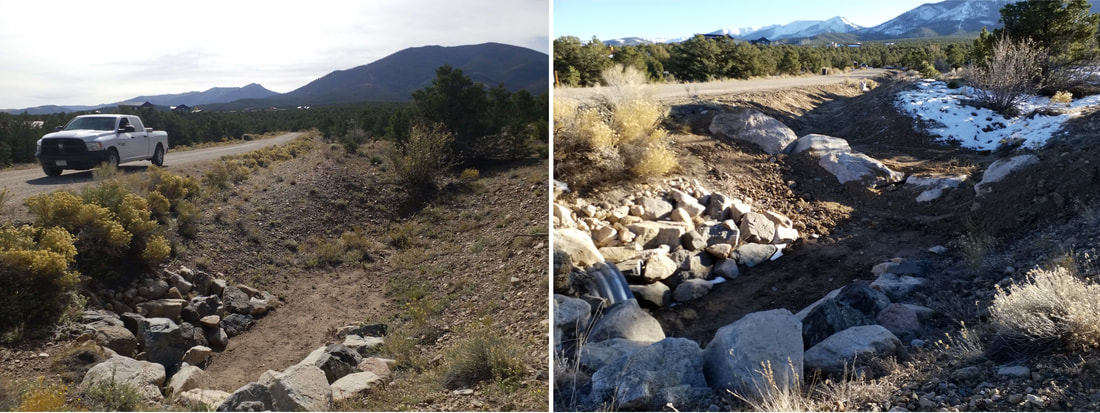
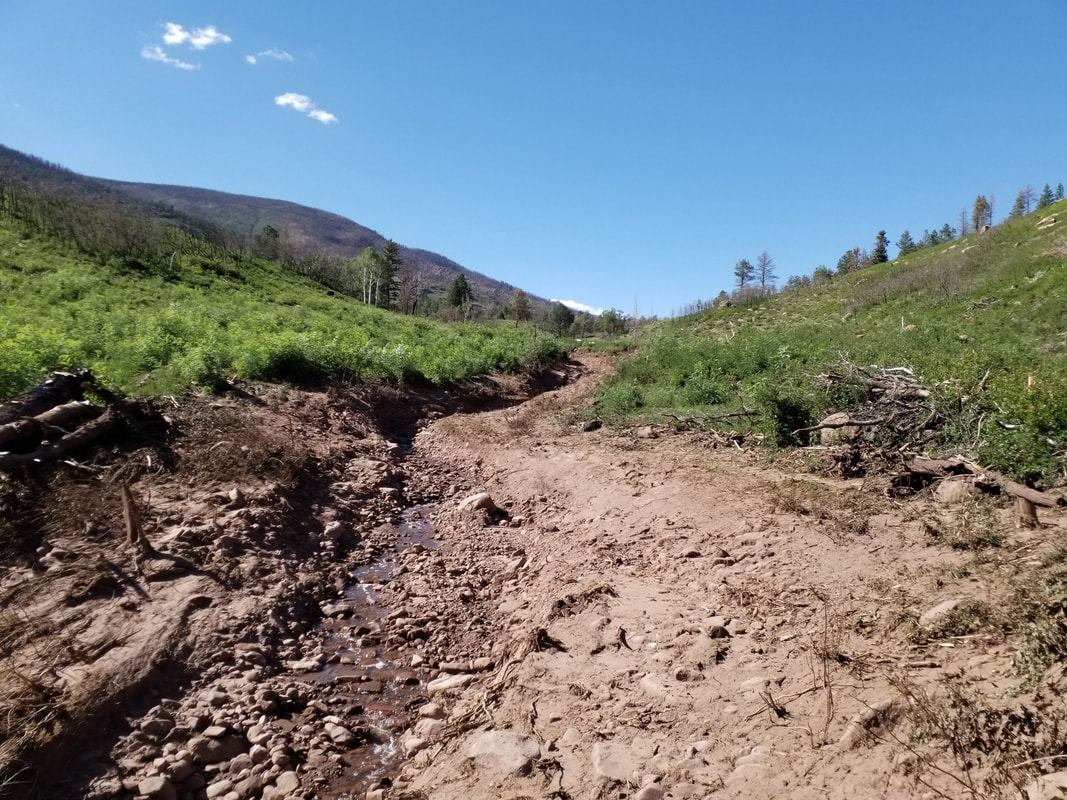
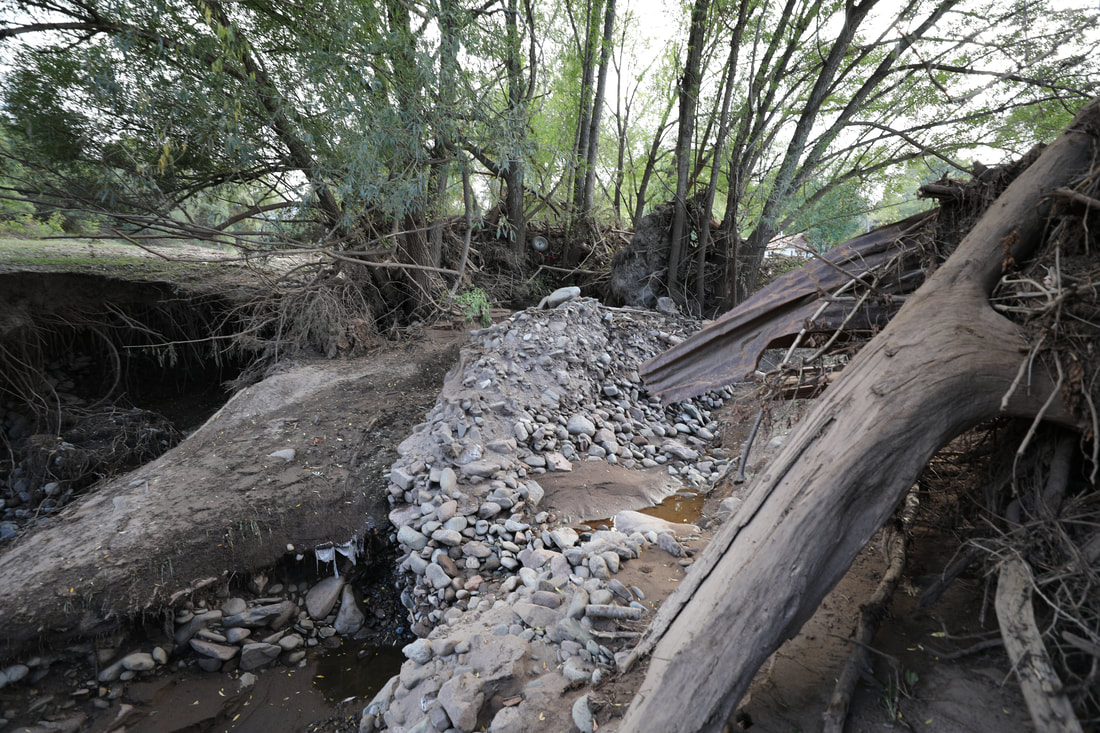
 RSS Feed
RSS Feed
